
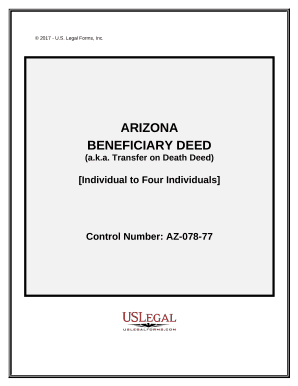
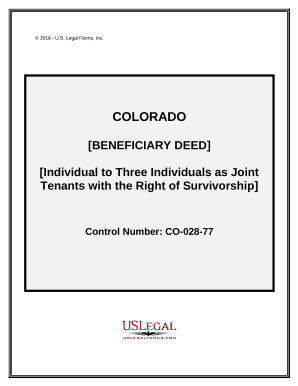

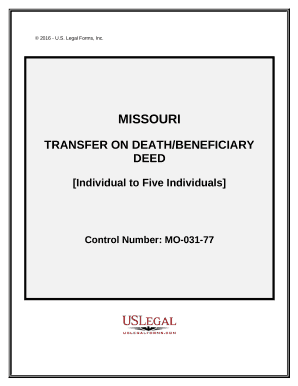
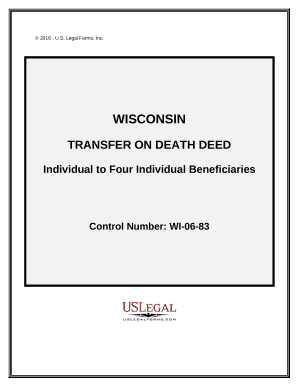
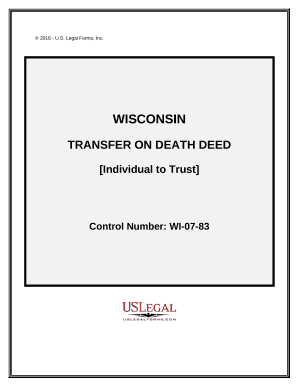
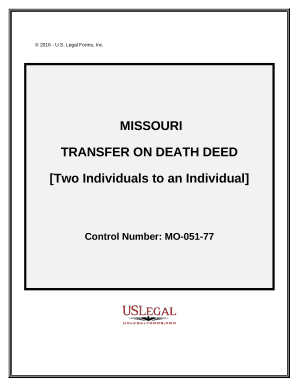
Your workflows always benefit when you can easily get all the forms and files you may need at your fingertips. DocHub provides a vast array of form templates to relieve your everyday pains. Get hold of Beneficiary Deed Legal Forms category and easily discover your form.
Start working with Beneficiary Deed Legal Forms in several clicks:
Enjoy fast and easy record managing with DocHub. Discover our Beneficiary Deed Legal Forms collection and look for your form today!